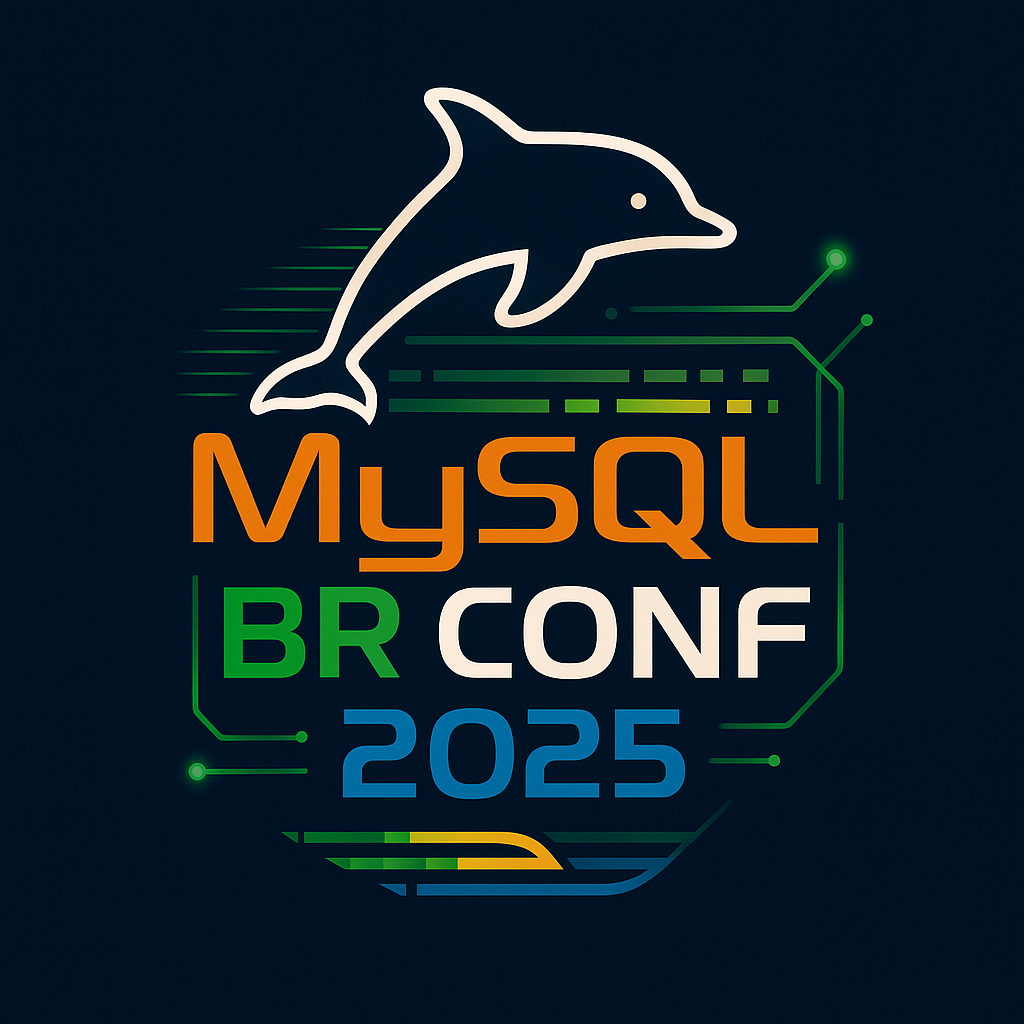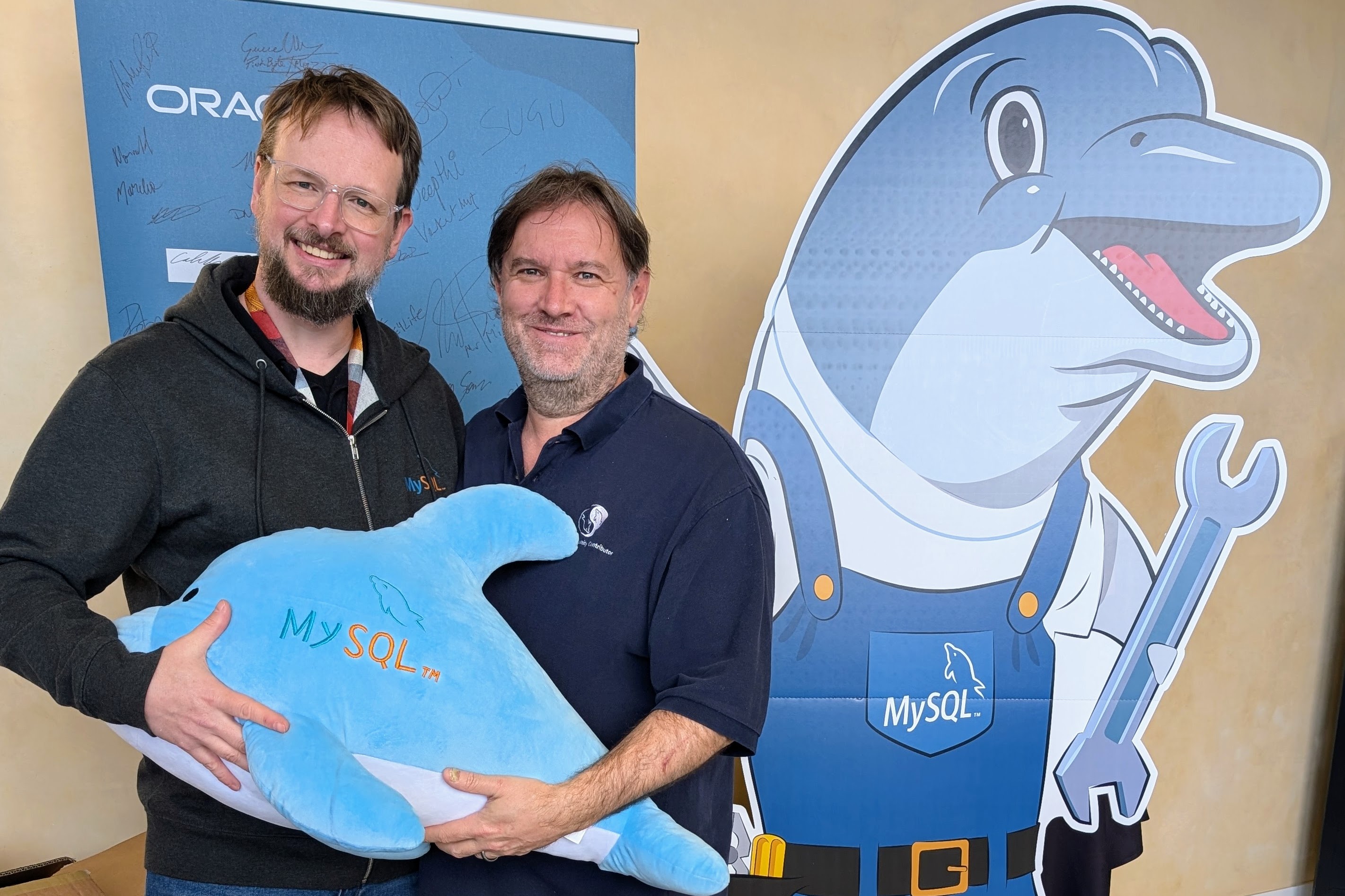My first exposure to MongoDB was in July 2008 when I was a panelist on “A Panel on Cloud Computing” at the Entrepreneurs Round Table in New York. The panel included a representative from 10gen the company behind the open source database product and at the time Mongo was described as a full stack solution with the database being only one future component.
While I mentioned Mongo again in a blog in Nov 2008, it was not until Oct 6 2009 at the NoSQL event in New York where I saw a more stable product and a revised focus of development just on the database component.
As the moderator for the closing keynote “SQL v NOSQL” panel at Open SQL Camp 2009 in Portland, Oregon I had the chance to discuss MongoDB with the other products in the NoSQL space. Watch Video
In just the past few weeks, 3 people independently have mentioned MongoDB and asked for my input. I was disappointed to just miss the MongoNYC 2010 event.
While I have evaluated various new products in the key/value store and the schemaless space, my curiosity has been initially more with Cassandra and CouchDB .
Follow my journey as I explore in more detail the usage of mongoDB {name: “mongo”, type:”db”} via the mongodb tag on my blog.

